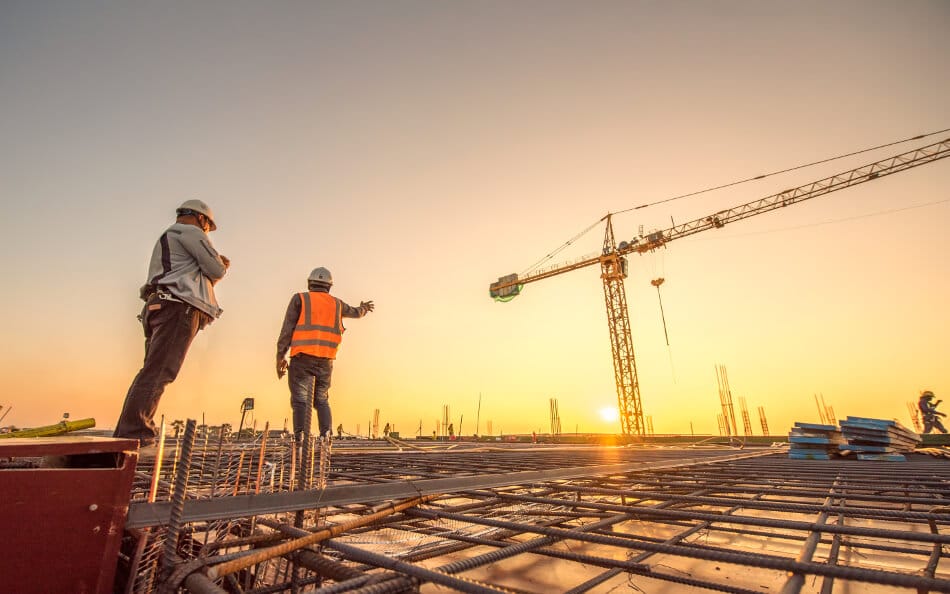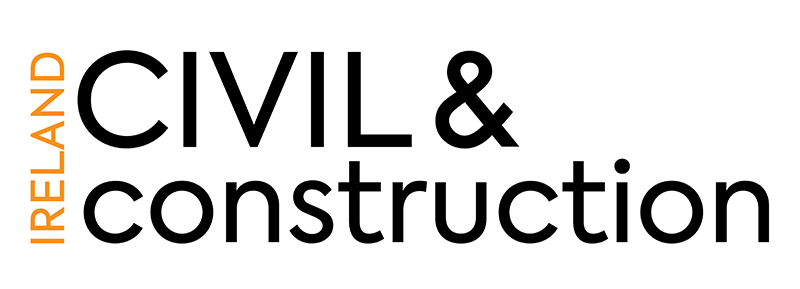
While most of us are facing a brighter summer; the warmer days, the lifting of restrictions and the much-needed return to social life there is concern within the construction industry in relation to disruption in the supply chain and lack of labour with a consequential rise in material and labour cost. While the immediate impact is due to the reopening of sites countrywide and with every builder scrambling for supplies and labour there was bound to be a short-term crunch particularly in timber, aluminium and steel. But is this a short-term issue or are we looking at a long-term global issue. Ireland is not the only country with a housing crisis nor the only country that needs to invest vastly in infrastructu- re. With the fastest growing economy in Europe and an increasing population current infrastructure is creaking under the pressure and it is not sustainable. More peo- ple than ever are living in cities, some 55% of the world’s population live in cities, this is being mirrored in Ireland but without the supporting investment by government in housing, roads, transport, schools, hospitals, water and other amenities which make living in cities attracti- ve. There might be an argument that Covid-19 will have changed our attitudes towards living in cities but in my opinion once we are back open Dublin and other cities around the world will thrive once again.

While we did not and could not invest from 2008 to 2016 due to budget constraints, the imposed austerity from Europe saw to that, this should have been the time Ire- land and the rest of the EU could have been investing in infrastructure in order to lift economies. Alas, we did not and now we find ourselves competing against other larger nations who have the same needs as ourselves, for much needed supplies and labour. The two main reasons for mass investment in construction type projects across the globe is one, dig ourselves out of the debt hole the pandemic has created. From a go- vernmental point of view investment in infrastructure has a high rate of return, in Ireland for example IBEC estimates that all road improvements carried out between 2006 – 2010 lead to an annual beneficial contribution in GDP of €525million and in present value terms over a 30 year period this would equate to €9.5billion, and this money is circular it washes around in our economy benefiting us all.
The second reason is, money has never been cheaper, quantitative easing globally supported by central banks in order to support governments stepping in to stabili- se markets which were closed due to public health re- strictions along with negative interest rates has created an opportunity for governments to grasp the excuse to deliver long postponed projects. In the US alone $2tril- lion of much needed investment in 20,000kms of roads, 10,000 bridges, schools, green agenda and much more, it’s going to be boom time in infrastructural spend which should last a decade or more. The US is not the only country where this is happening which is fantastic par- ticularly for companies in the construction and engine- ering sectors but there are downsides, upward pressure on pricing will have to filter through to these projects.
It will be imperative that public procurement teams are cognisant that there will be cost inflation and delaying awarding of fixed priced contracts will have negative consequences.
A report in 2018 by Linesight consultants advises that Project Ireland 2040 estimates that 550,000 homes will be required over the next 20 years and the National De- velopment Plan commits €11.6 billion to provide 112,000 new social homes by 2027. The report warns, as I have done in previous articles that potential skill shortages could hamper the level of output 14% – 18%, now throw a shortage of supplies into the mix and this could lead to slow down in the delivery of projects particularly in much needed housing. So, rather than increasing output we could actually see a decrease or levelling off. Colm McGrath – Managing Director Surety Bonds
